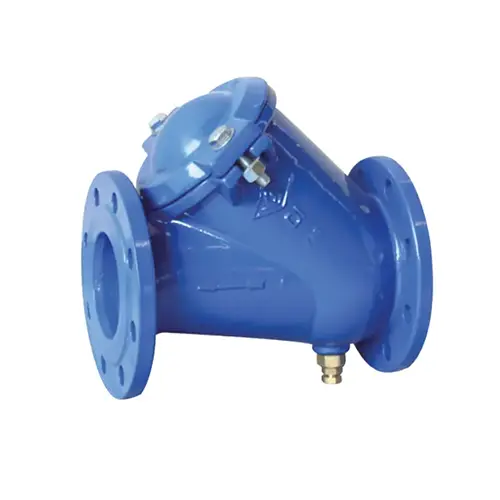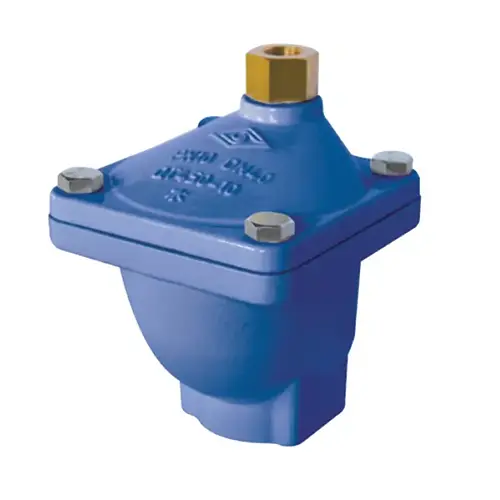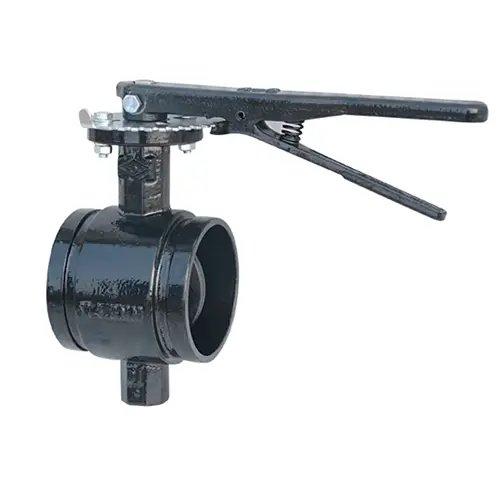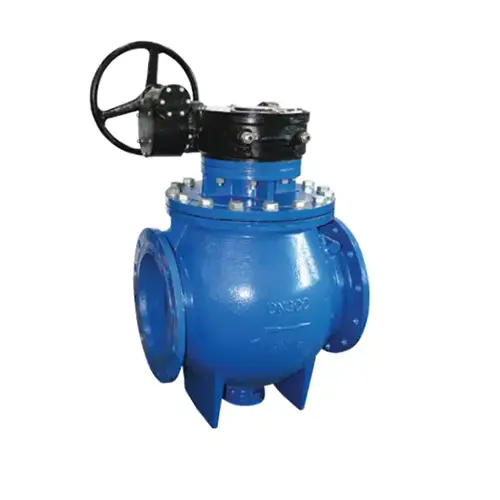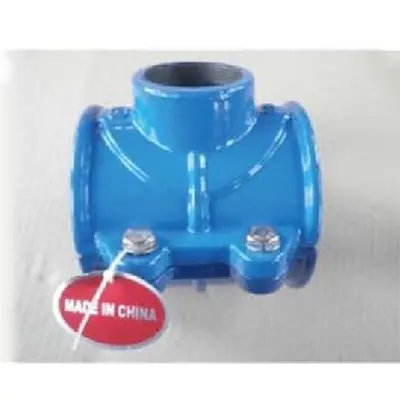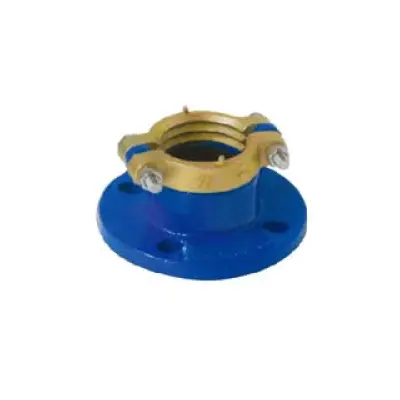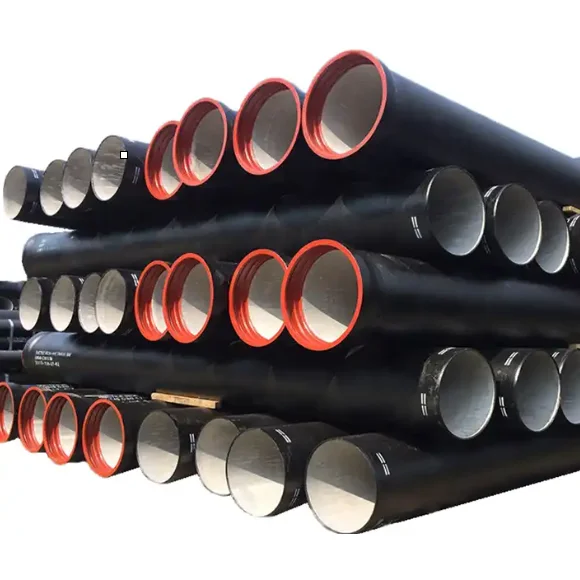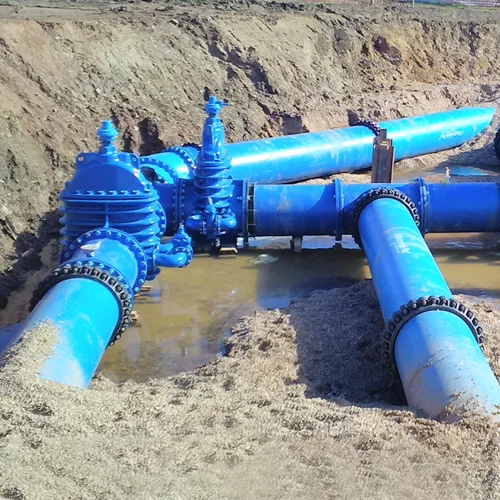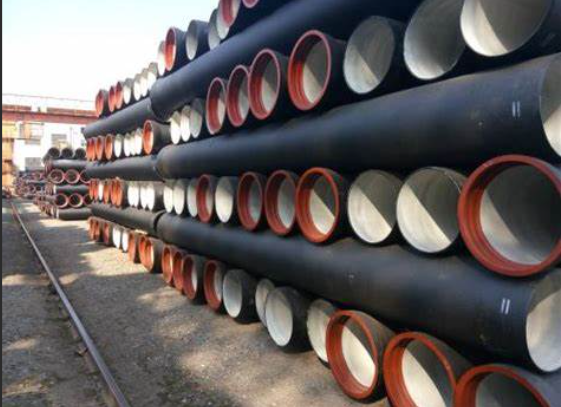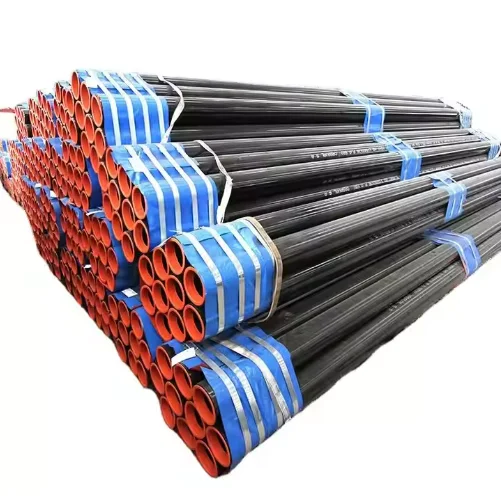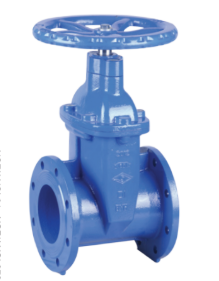Email Us
How to restrain a ductile iron pipe?
The core purpose of restraint is to counteract these thrust forces, ensuring the integrity of the pipe joints and the safe operation of the system. There are two fundamental principles for achieving restraint: One is passively utilizing massive weight or friction to block pipe movement, such as by pouring a large concrete block. The other is actively using mechanical devices to rigidly connect adjacent pipe sections, directly transferring the tensile force and preventing joint separation.
One of the most traditional and widely used restraint methods is the concrete thrust block (also called an anchor block). This method is particularly suitable for large-diameter pipes or locations with good soil conditions. It involves pouring a large concrete block directly behind the fitting requiring restraint (such as the bell end of a bend or tee). This block relies on its own substantial weight and the friction (passive soil pressure) generated between it and the trench bottom and sidewalls to prevent the pipe from moving backward under thrust. Construction requires designing the size and embedment depth of the concrete block based on precise calculations of the thrust force and soil properties, ensuring an adequate safety factor. A protective pad is usually placed between the fitting and the concrete block to shield the pipe coating. After pouring, backfilling with symmetrical, layered, compacted material can only proceed once the concrete has reached sufficient strength.
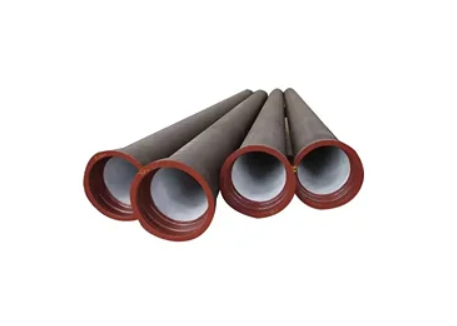
Regardless of the restraint method chosen, precise calculation of the pipeline thrust force is the foundation for design and selection; this must be performed by a qualified engineer based on design pressure, pipe diameter, bend angle, and other factors. For mechanical restraints, the integrity of the pipe's external anti-corrosion coating is paramount because the restraint force relies on the bond strength between the coating and the pipe body. Any coating damage must be inspected for and repaired during installation. High-quality trench backfill is crucial for all restraint methods. Suitable granular material (like sand or gravel) must be used, compacted in layers (typically no thicker than 20cm per lift), with particular attention paid to the areas under, beside, and around the restraint devices to provide necessary support and friction. Furthermore, the design of restraint points throughout the entire piping system must be coordinated with the locations of fixed anchor blocks and expansion joints to effectively manage stresses generated by thermal expansion and contraction.
SHANDONG EPOCH EQUIPMENT CO., LTD. is a large-scale professional manufacturer in Shandong Province of China, adheres to the orientation of science and technology, environmental protection, quality and efficiency. At present, it has grown into a trans-regional and multi-industrial enterprise integrating such wide industries as design, development, production and export. Visit our website at https://www.epochpipeline.com/ to learn more about our products. For inquiries, you can reach us at sdepochwater@hotmail.com.
- Key points for quality inspection of ductile iron pipes
- Why do Carbon Steel Pipes keep winning tough industrial projects?
- What are the connection methods for ductile iron pipes?
- The Origin of the Butterfly Valve's Name
- Should Your Next Water Project Trust Ductile Iron Pipe Fitting?
- What are the differences between flanges and flange blind plates?
About Us
Contact Us
No. 112, Jiefang Road, Lixia District, Jinan City, Shandong Province, China
Copyright © 2025 Shandong Epoch Equipment Co., Ltd. All Rights Reserved.


